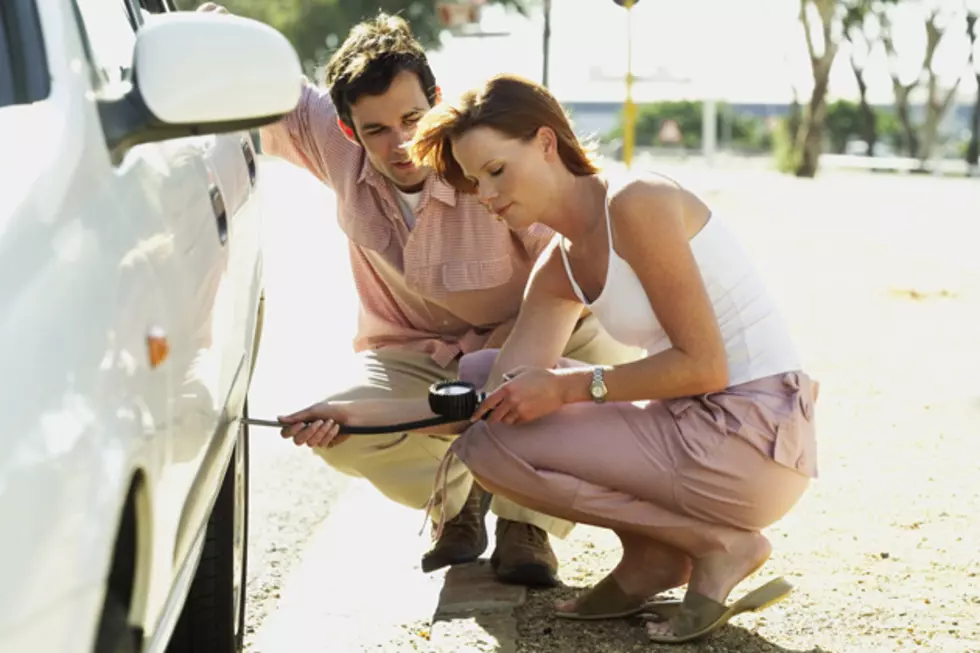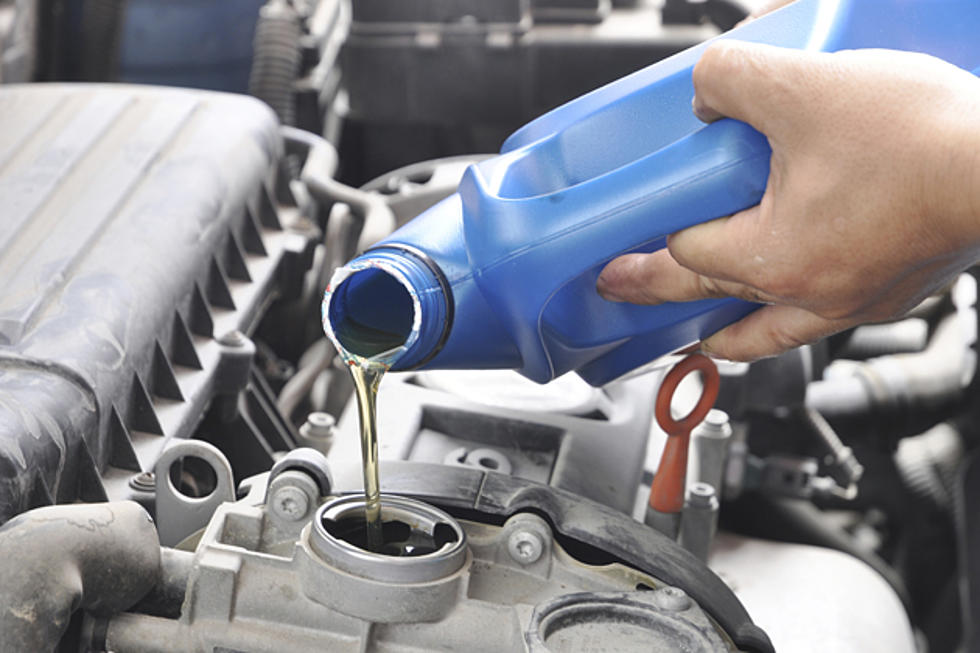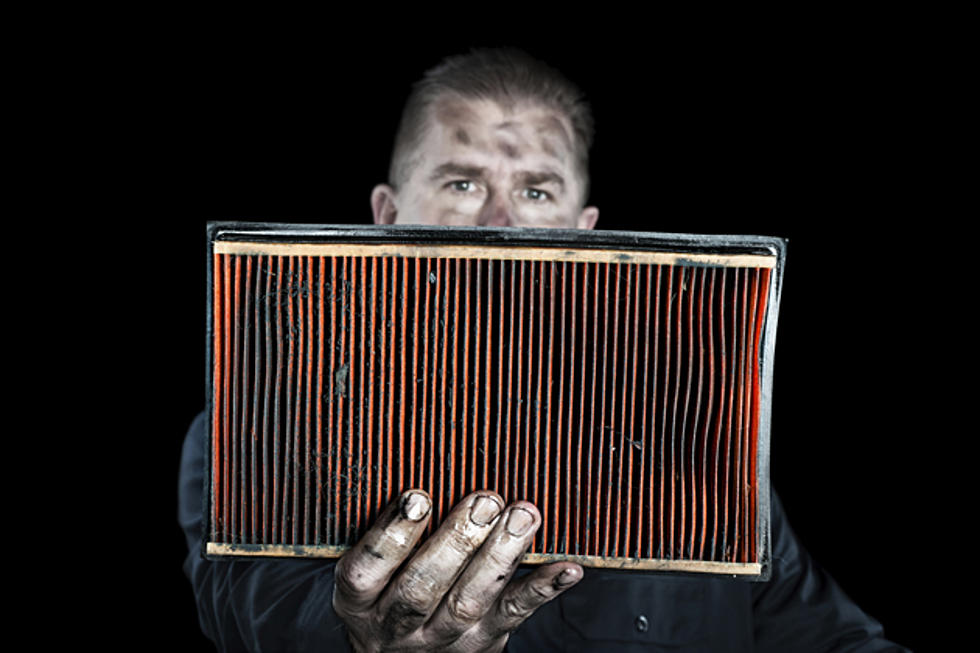
Basic Tire Maintenance — 3 Important Things to Check This Spring
As winter gradually becomes spring, it’s vital that you, or the folks working at your local garage, check your car's tires. The three big things you need to examine are: the tread depth, different kinds of wear and tear, and your tire pressure.
Tires, after all, are what allow you and your vehicle to roll down the road. Any major problems with your rubber foursome will make for a bumpy, and possibly dangerous, ride. Here’s a little more detail about why and how you should make sure your tires are in tip-top shape:
1. Tread Depth
Tread depth is essential to a well-performing tire. Proper tread depth helps prevent hydroplaning, and it gives your vehicle solid traction on the road in adverse weather conditions like rain, sleet, hail or snow. If you have a tread depth gauge, it’s fairly easy to measure the depth of your tires. After you “zero out” your tread-depth gauge, which should measure 32nds of an inch, place it into the center of the middle tread of your tire, then verify the depth of your tread. If the depth is not 32nds of an inch, you should probably start thinking about replacing your worn tires.
If you don’t have a tread-depth gauge, you can also measure the depth of your tread with a penny or quarter. This is a neat and simple trick that will allow you to verify that you have the proper tread depth in your tires. On a quarter, if George Washington’s head is fully showing after it has been inserted into the tire upside down, the tread is too shallow.
2. Wear and Tear
Tire wear is normal when you drive, but you many notice stress in certain areas more than others. Uneven wear can come from a variety of causes, such as:
- under- or overinflated tires
- one-sided wear due to improper wheel alignment
- cupping from damaged suspension
- feathering that comes from an improper toe setting (the direction the tires point in relation to the centerline of the vehicle)
If you notice any of these problems and lack the skills to take care of the issues yourself, take your car in for service. Uneven tire wear can reduce the life of your tires significantly, which will end up costing you a lot of money.
3. Pressure
Your tires, obviously, require air. If they are over- or underinflated, as we’ve already seen, your tires will suffer, as will your gas mileage and driving maneuverability. A basic tire air-pressure gauge or a digital air-pressure gauge is all you need for the job. With your gauge in hand, you can measures the pounds per square inch (PSI) of your tires and make sure they are inflated to the manufacturer’s recommend level.
Unfortunately for the lazy folks out there, tire pressure should be checked fairly often. By maintaining the correct tire pressure, though, you’ll ensure a better fuel economy in your vehicle (saving money), and make your car or truck a much safer, more comfortable driving machine.
More From 96.1 The Eagle









